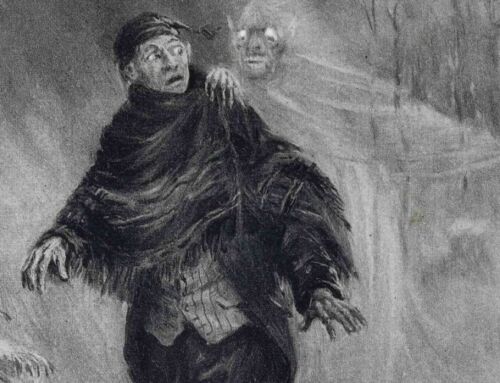 Show me how you feel: adapting Normal People for the small screen
Show me how you feel: adapting Normal People for the small screen
It has been one of this year’s on-screen sensations; the programme that everyone has been talking about. I’m referring, of course, to the 12-part adaptation of Sally Rooney’s 2018 novel, Normal People. Receiving widespread critical acclaim and award nominations aplenty, the transition from written pages to enactment has been a colossal success.
Upon reading the book, it would be reasonable to assume that the story wouldn’t work on screen. Why? Because the reader spends the majority of their time in the protagonists’ (Connell and Marianne’s) heads. This story deals with issues such as class difference, power struggles, privilege, family tensions and perhaps most notably, miscommunication and inner conflict. The latter are tricky subjects to tackle visually but the screenwriters and producers have achieved this with aplomb.
Rooney was a co-writer of the script which will have been a major factor in the accuracy of the portrayal.
Also, the casting is exceptional. The chemistry between Daisy Edgar-Jones (Marianne) and Paul Mescal (Connell) is electric.
There has been much discussion around the sex scenes in Normal People, which received an overwhelmingly positive response. They are in abundance admittedly but are considered and sensitively done. Even those with underlying brutality, the violent nature of them is alluded to rather than depicted in full. Those between Marianne and Connell feel authentic with a sense of awkwardness and the fumbling of clothing.

In terms of the story itself, much of it is unspoken so it comes down to the subtleties of close-up shots, furtive glances and lingering looks, body language and twitching hands. The various insecurities of the main characters are plain for all to see. The viewer can feel the elation of Marianne when Connell tenderly kisses her shoulder at the side of the swimming pool, as she gets the public display of affection she craves. The message is clear and obvious yet delivered in a delicate, understated manner. The use of a voiceover to narrate wouldn’t have achieved the desired effect as the beauty of Normal People lies in its subtlety.
The TV series has been praised for staying true to the book but there are some necessary differences.
Certain aspects demanded to be vocalised or risked being missed entirely. One of the most powerful scenes is one which takes place in Connell’s counselling session. Unable to hear the turmoil going on inside his head, viewers watch as Connell has an emotional breakdown, sobbing inconsolably. It really is heart-wrenching stuff, offering an insight into what he’s going through and is one of the most dramatic scenes in the whole series.
There is also a change to the story’s conclusion. As the narrative is brought to a close, the book is left open-ended with the onus on the reader to decide how Marianne and Connell’s relationship develops (or doesn’t as the case may be). With Connell faced with a decision to make about moving to New York – will he stay or will he go? The drama series, however, is less ambiguous. Marianne encourages him to go and not promise to return after finishing the course. This provides a definitive answer to Connell’s decision but allows the viewer to reach their own conclusion on the outcome of the characters’ long-term relationship.
Whether you are a fan of Normal People or not, there is no denying that this is a successful adaptation from book to screen and proves that sometimes actions really do speak louder than words.
To another compelling article on a writer that has had many TV and film adaptations please see –A Short Introduction to Edgar Allen Poe





Leave A Comment